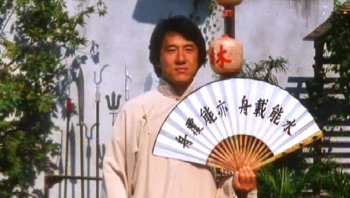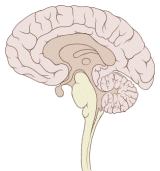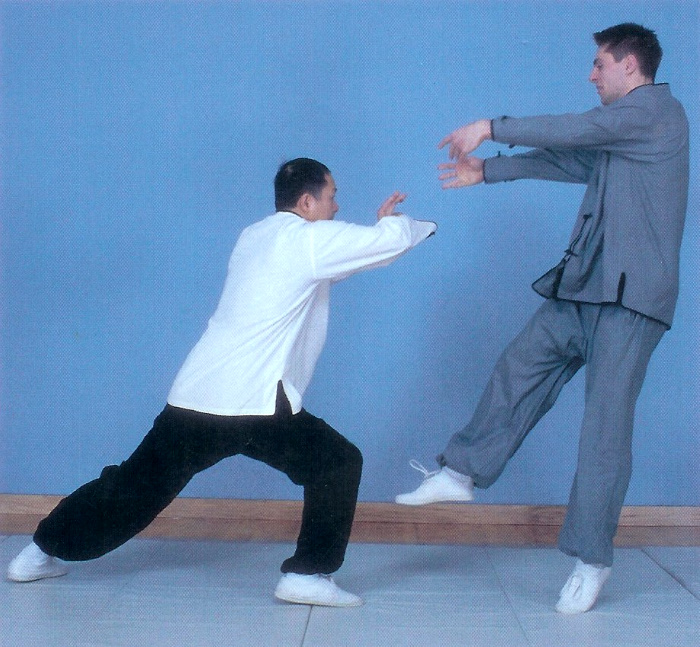Best practices are those methods and techniques that deliver a desired outcome as quickly, cheaply and reliably as possible. Every field of human endeavor, from mundane household tasks to sophisticated technological processes, has its own set of best practices.
Best practices are the accumulated wisdom of years, decades or even centuries of human experience. Often the result of pain and suffering, these prescriptions tend to follow a simple and practical formula: do this to avoid that.
Doctors wash their hands after examining a patient, to prevent the spread of disease. Runners tie their shoelaces, to avoid tripping and falling on their face. Employers check references before extending a job offer. These best practices remind us how to approach a particular task, and why we should favor one tactic to another.
What then are traditions?


